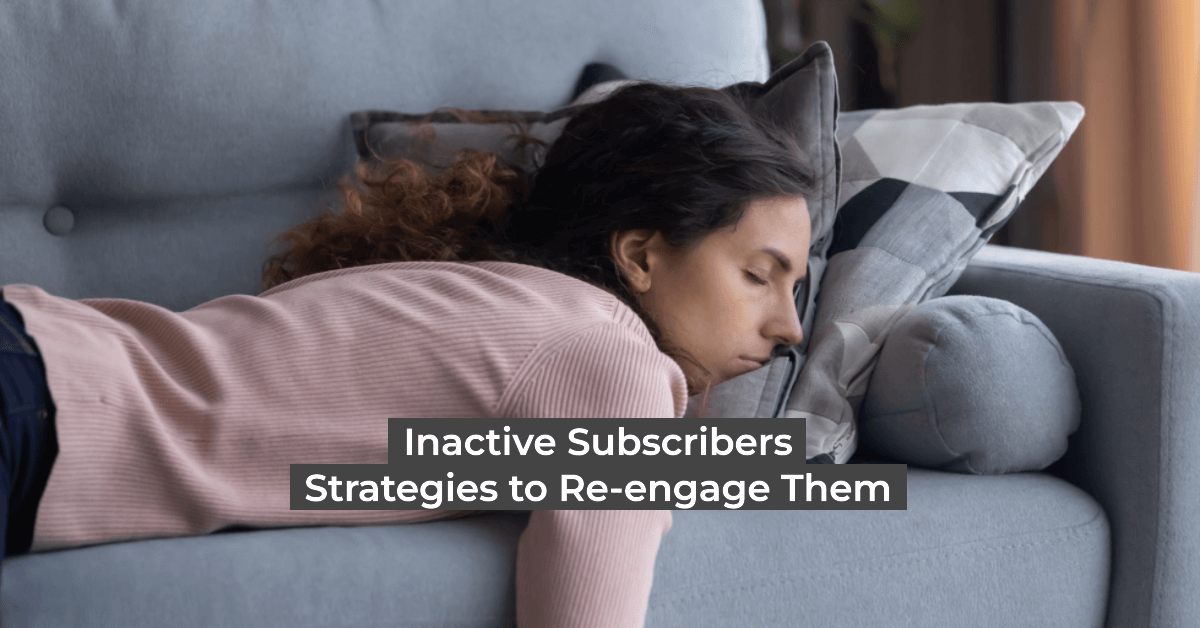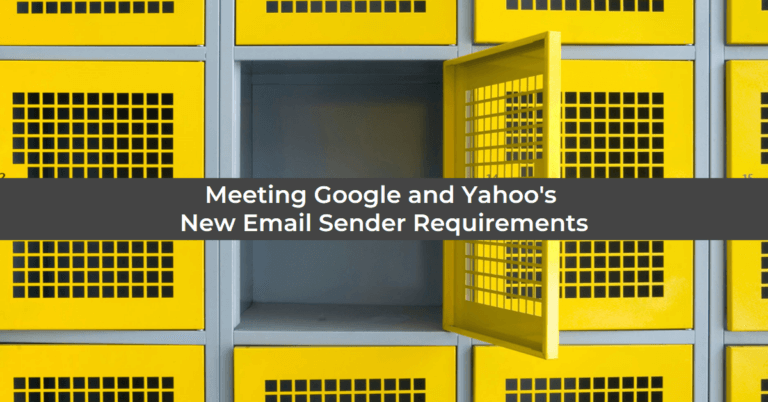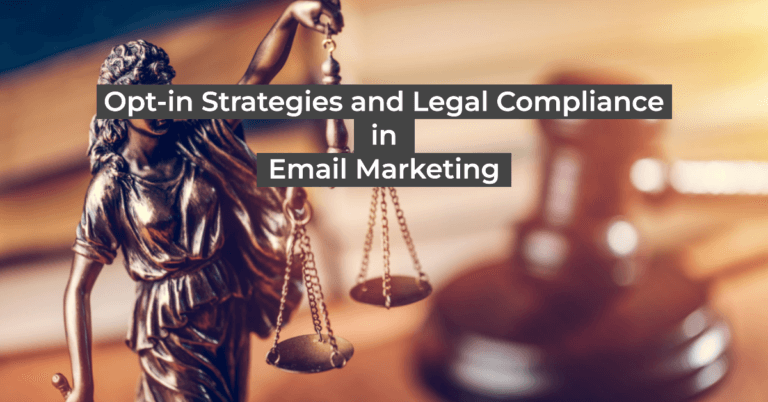In the world of email marketing, maintaining an engaged subscriber list is crucial for the success of your campaigns. However, it’s not uncommon for subscribers to lose interest or stop engaging with your emails altogether, leaving you with inactive subscribers.
The impact of inactive subscribers goes beyond just reduced engagement rates. Inactive subscribers can harm your sender’s reputation and increase email marketing costs. That’s why it’s essential to re-engage with these subscribers and bring them back into the fold.
In this post, we’ll discuss strategies for re-engaging with inactive subscribers. We’ll cover the importance of list segmentation, the role of personalization and targeted messaging, the timing and frequency of emails, incentives and offers, and list cleaning. By implementing these strategies, you can improve your email engagement rates, maintain your sender reputation, and save on email marketing costs.
Segment Your List to be More Relevant
Segmenting your email list is an effective way to re-engage with inactive subscribers. By dividing your list into smaller groups based on behavior, interests, and demographics, you can deliver more targeted and relevant content to each subscriber.

Analyze Inactive Subscriber Behavior
One way to segment your list is by analyzing subscriber behavior. This includes metrics such as open rates, click-through rates, and the types of content subscribers engage with. You can send them more targeted and relevant content by understanding what interests your subscribers. For example, if a subscriber has not opened your emails in a while, you can send them a re-engagement campaign with a special offer to entice them.
Segment Based on Demographics
Another way to segment your list is based on demographics such as age, gender, and location. This can help you send more personalized content that resonates with each subscriber. For instance, if you are running a promotion only valid in a particular city, you can segment your list based on location and only email relevant subscribers.
Segment Based on Interests
Segmentation can also be based on subscriber interests. For example, if you are an e-commerce store that sells clothing, you can segment your list based on the type of clothing that subscribers are interested in. This way, you can send targeted promotions and new arrivals based on their preferences.
Use Personalization and Targeted Messaging to Re-engage Inactive Subscribers
Personalization and targeted messaging are potent ways to re-engage with inactive subscribers. Personalizing your emails and tailoring your messaging to your subscribers’ interests can create a more engaging experience that resonates with them.
Personalize Your Emails
One way to personalize your emails is by using the subscriber’s name in the subject line and email content. Personalized subject lines have been shown to increase open rates by up to 50%. In addition to using the subscriber’s name, you can also use dynamic content to display different content based on the subscriber’s interests or behavior.
Tailor Your Messaging to Subscriber Interests
Targeted messaging is another effective way to re-engage with inactive subscribers. By tailoring your message to the subscriber’s interests or behavior, you can create a more compelling message that resonates with them. For example, if a subscriber has previously purchased a particular product from your store, you can send them an email promoting related products or accessories.
Provide Relevant and Valuable Content
In addition to personalization and targeted messaging, ensuring your email content is relevant and valuable to the subscriber is essential. This means focusing on their pain points, needs, and interests. By providing value in your emails, you can build trust and credibility with your subscribers and encourage them to engage with your emails.
Timing and Frequency of Your Emails
The timing and frequency of your emails can significantly impact the engagement of your subscribers. Too many emails or emails sent at the wrong time can lead to higher unsubscribe rates and lower engagement. Here are some tips for optimizing the time and frequency of your emails:
Analyze Open and Click Rates
Analyze your open and click rates to determine the best time to send your emails. Look for patterns and trends in the data to identify your audience’s optimal day and time.
Test Different Times and Days
Once you understand your subscribers’ behavior, test different days and times to see which results in the highest engagement rates. Use A/B testing to send the same email at different times and compare the results.
Use Behavior-Triggered Emails
Behavior-triggered emails are triggered by a subscriber’s action or inaction, such as abandoning a cart or not opening an email. These emails can be highly effective at re-engaging with inactive subscribers.
Avoid Overwhelming Your Subscribers
Be mindful of the frequency of your emails. Sending too many emails can lead to subscriber fatigue and lower engagement rates. It’s essential to balance staying top-of-mind and overwhelming your subscribers.
Offer Incentives to Inactive Subscribers
Offering incentives is another effective way to re-engage with inactive subscribers. You can increase the chances of them becoming active again by providing a reason for them to open and engage with your emails.
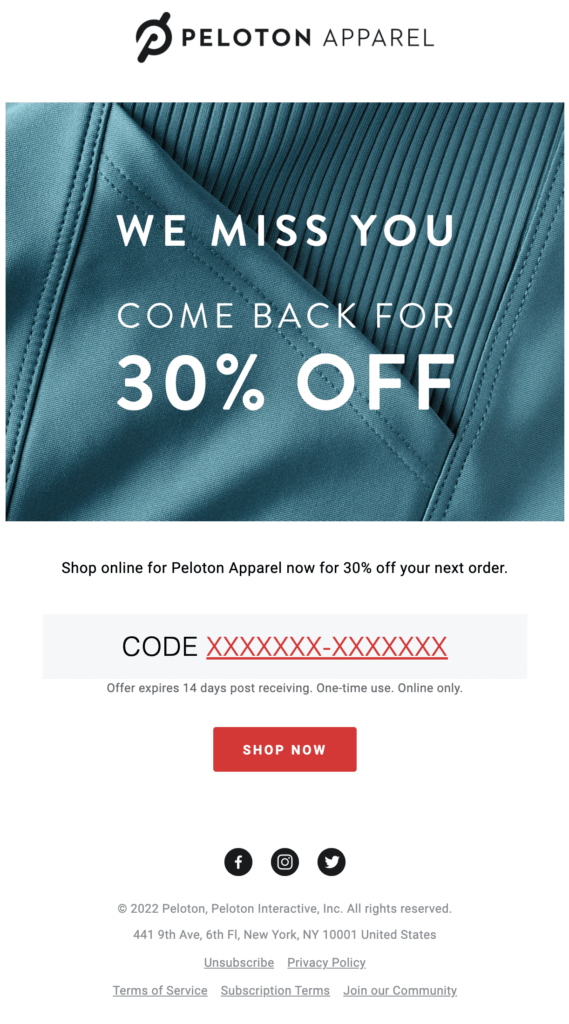
Here are some tips for offering incentives:
Provide Exclusive Discounts and Promotions
Exclusive discounts and promotions are an excellent way to entice inactive subscribers to engage with your emails. Ensure the discounts and promotions are relevant and valuable to the subscriber.
Run Contests and Giveaways
Contests and giveaways can also be effective at re-engaging with inactive subscribers. Encourage them to participate by offering valuable prizes and promoting the contest or giveaway through your email and social media channels.
Create Limited-Time Offers
Limited-time offers are a powerful incentive for subscribers to engage with your emails. Creating a sense of urgency can encourage them to take action before the offer expires.
Personalize Your Incentives
Personalizing your incentives can also be effective at re-engaging with inactive subscribers. Use their behavior and preferences to tailor your incentives to their interests.
Remove Unengaged Subscribers With List Cleaning
List cleaning is the process of removing inactive or unengaged subscribers from your email list. It’s essential to regularly clean your list to maintain a good sender reputation and avoid damaging your email deliverability. Here are some tips for list cleaning:
Set a Timeline for Inactive Subscribers
Set a timeline for inactive subscribers and remove them from your list if they haven’t engaged with your emails in a set period. This will help ensure that your list comprises engaged and active subscribers.
Monitor Bounces and Spam Complaints
Monitoring bounce and spam complaint rates can help you identify inactive or unengaged subscribers. If you notice a high bounce or spam complaint rate, it’s essential to investigate and remove those subscribers from your list.
Use Double Opt-In
A double opt-in process can help ensure subscribers are engaged and interested in your emails. This process requires subscribers to confirm their email address and opt-in to receive your emails, reducing the likelihood of inactive or unengaged subscribers on your list.
Keep Your List Updated
Finally, updating your list is essential by regularly removing inactive or invalid email addresses. This will ensure your email list is clean, engaged, and active, improving your email deliverability and engagement rates.
Implementing a Re-Engagement Campaign
Implementing a re-engagement campaign can effectively bring inactive subscribers back to engaging with your emails. Here are some tips for implementing a re-engagement campaign:
Define Your Goal and Audience
Before launching your re-engagement campaign, define your goal and audience. Determine what action you want your subscribers to take and which inactive subscribers you want to target.
Craft a Compelling Subject Line
Craft a compelling subject line that entices inactive subscribers to open your email. Use personalization and urgency to create a sense of importance.
Create Engaging Content
Create engaging content that provides value to your subscribers. This content can include exclusive offers, informative blog posts, or helpful tips.
Include a Clear Call to Action
Include a clear call to action encouraging your subscribers to engage with your emails. This can include clicking on a link, purchasing, or completing a survey (Google Forms is a great way to do surveys for free).
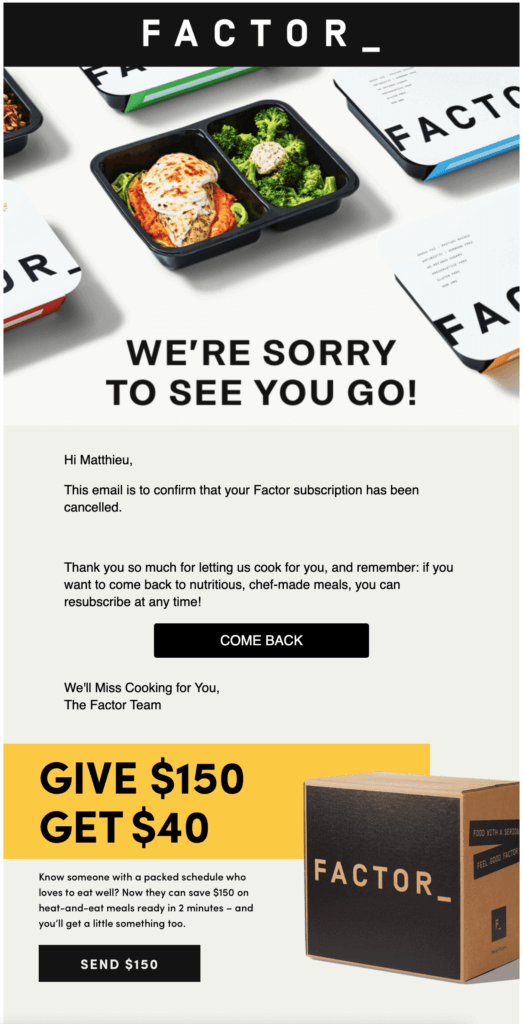
Monitor and Analyze Your Results
Finally, monitor and analyze your results to determine the success of your re-engagement campaign. Use the data to make adjustments and improve your future campaigns.
Key Takeaways for Re-Engaging Inactive Subscribers
Re-engaging with inactive subscribers can be challenging, but it’s essential for maintaining a healthy email list and improving your email deliverability and engagement rates. By segmenting your list, using personalization and targeted messaging, considering the time and frequency of your emails, offering incentives, implementing list cleaning, and launching a re-engagement campaign, you can increase the chances of success in re-engaging with your inactive subscribers.
Remember, the key is to provide value to your subscribers and create a sense of urgency and importance through your emails. By keeping your subscribers engaged and interested, you can build a loyal following that will continue to engage with your emails in the future.
So, don’t be afraid to try different strategies and experiment with your campaigns to find what works best for your audience. With these tips, you can improve your email marketing efforts and bring your inactive subscribers to life.
